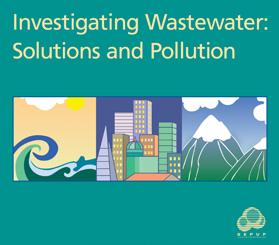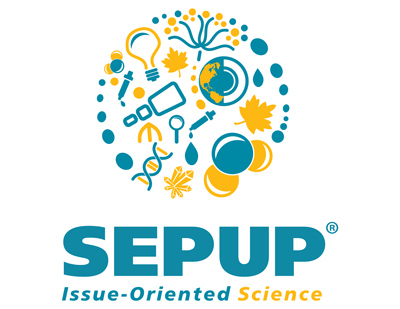Investigating Wastewater – Module Issues in the News for Students

News
Mine Drainage: Self-Cleaning Contaminated Water?
Polluted water that cleans itself? That is what seems to be happening in Rowe, Massachusetts. In 1911, an old sulfide mine collapsed and filled with acidic groundwater. The mine contained a lot of heavy metals such as copper, zinc, and iron that began to dissolve in the water. Since then, the drainage from the mine seems to be cleaning itself.
In 2002, a team of researchers from the University of Massachusetts at Amherst figured out that bacteria are helping to neutralize the acidic water and break down the heavy metals. They hope to identify exactly which microorganisms are responsible so they can be be used at other contaminated sites. They also know the surrounding rock is helping in the cleanup process, but they don’t understand how.
Studying the geology of the area and its role in the cleaning of the groundwater will provide them with answers. The research group plans to study the mine and the groundwater drainage for the next five years.
More Beach Pollution or Flawed Sampling Methods?
In 2001, 19% more beaches were closed because of contaminated water than in 2002. But experts say the water is cleaner than before. So why are the beaches being closed? Scientists at the University of California at Irvine say it is because of the way the water is being tested.
Scientists studied 43 years of water quality data at Huntington Beach, California, and determined the water is cleaner now than it has ever been. Water quality depends on many factors, such as tidal cycles, seasonal rainfall, and El Nino events. They theorize that the increased number of closures is because there is now more beach monitoring and a lower acceptable limit for levels of bacterial contamination.
The way the water is sampled is also in question. Beach closings are determined by the results of a single water sample. Experts say that water quality changes quickly, and that one sample does not give a true picture of overall water quality. Instead, they recommend a method that averages the results of multiple samples from a single beach before a decision is made.

